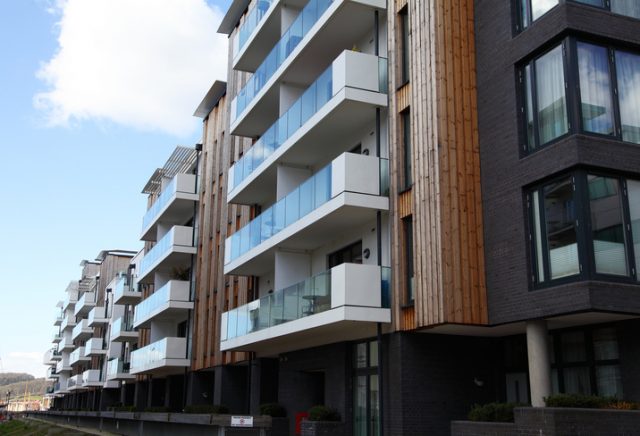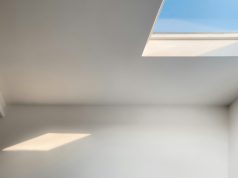
Balconies are common and easy to overlook safety features, which are prevalent in almost every residential or commercial property that you choose to enter in the modern age. The same can be said for balustrades, which are supportive railings that essentially form an ornamental parapet to a secured juliet balcony.
Despite their common and seemingly innocuous nature, however, these structures play a pivotal role in securing interiors and minimising the risk of accidents. It’s therefore imperative that you invest time in testing the strength and the load-bearing capacity of balconies and balustrades, along with the materials used to build these components.
This is particularly important from the perspective of business-owners, who must safeguard their premises in order to protect both employees and customers. In this post, we’ll ask you can do this effectively and appraise the key considerations.
The Purpose of Balconies and Balustrades, and why Testing is Crucial
In simple terms, the purpose of a balcony and supportive balustrade is to prevent people from falling over the edge when traversing the stairs. They therefore provide a protective barrier, and it’s crucial they’re able to withstand a sudden impact that may well be delivered with considerable force.
In order to determine the effectiveness of the balconies and balustrades that you install, you’ll need to apply variable levels of pressure and force as part of a stringent testing process. Similarly, you’ll also need to test these components is a number of different circumstances, where pressure is applied at different angles and appropriate heights.
The Importance of Compliance – Protecting your Business, its Customers and Key Stakeholders
Not only does stringent testing guarantee the effectiveness and performance of your interior barriers, but it also aids your efforts to remain compliant. This is why testing must be considered as a process rather than a stand-alone entity, with all fittings and fixtures inspected onsite and in accordance with national guidelines.
Background and displacement testing should also be conducted in partnership with manufacturers, while modifications may be required throughout the design, building and installation stages of the project.
When you consider all of these factors together, the importance of partnering with a professional and experienced installation firm is paramount. After all, companies like Barrier Components are well-aware of the compliance issues facing commercial firms, while they also have tried-and-trusted testing procedures that can accurately determine load-bearing capacity.
What About the Use of Materials?
While you may have installed a residential balcony previously, it’s important to note that this process is far-removed from operating in a commercial structure. In fact, the load-bearing ability of commercial balustrades is typically far higher than residential alternatives, while you may also need to use different materials to achieve a wider range of design objectives.
While there are no regulations that prohibit the use of specific materials when installing a commercial balcony or balustrade, there are certain guidelines for entrepreneurs to follow. Firstly, any materials used should be robust and durable, while they should have a natural ability to withstand force and sudden impacts.
The most common materials used in commercial balconies and balustrades include laminated and toughened glass, along with robust metal frames and infills. Brick barriers may also be constructed in some instances, although these are rare as they can ruin a building’s interior design aesthetic.
If you’d like further guidance the strength and viability of materials, be sure to check out the British Standard Institute (BS) codes listed here. These codes showcase the rigour of testing and whether or not individual materials meet these standards, helping you to make an informed and compliant decision that benefits your construction project.













